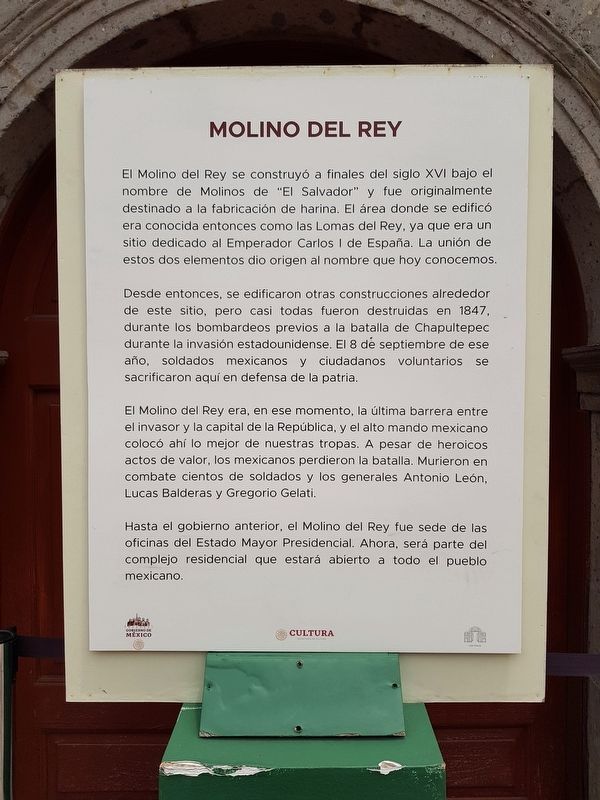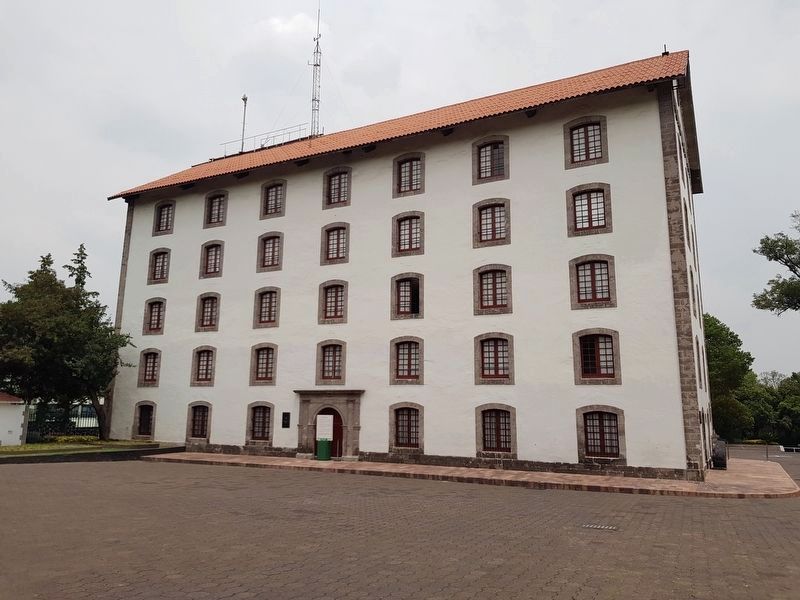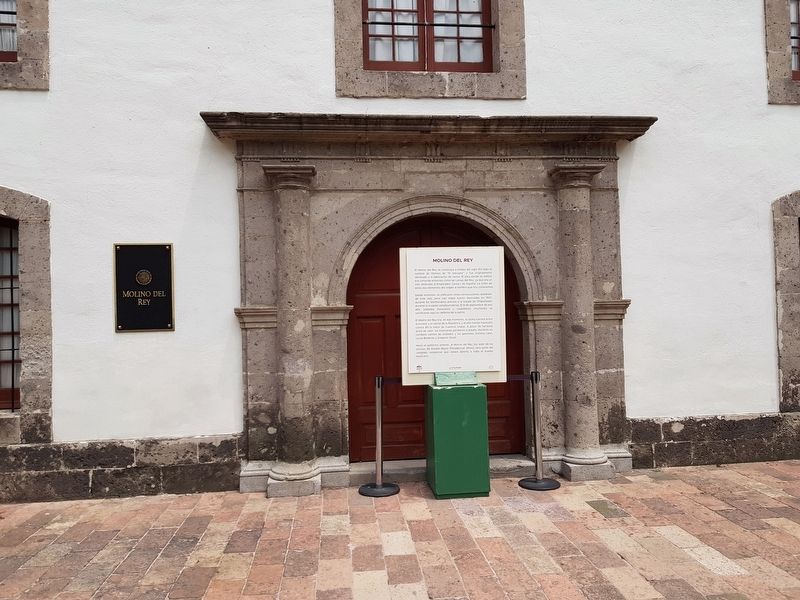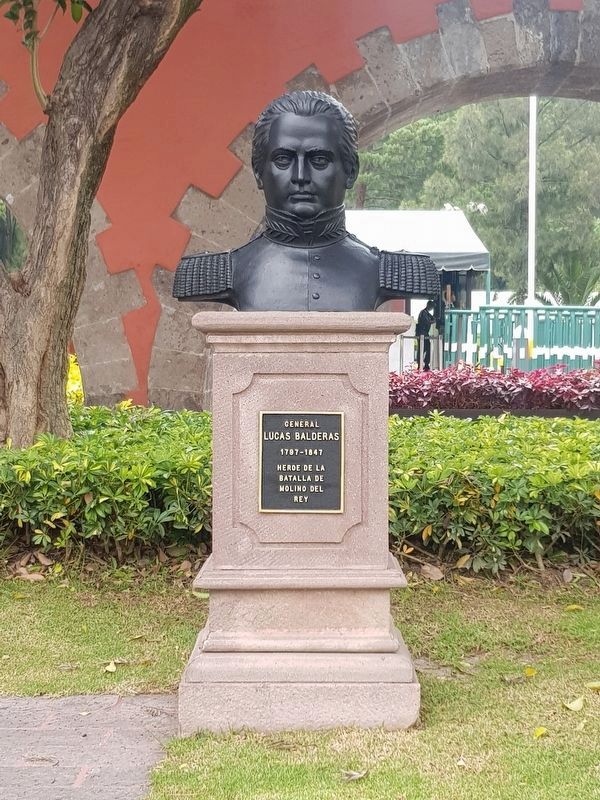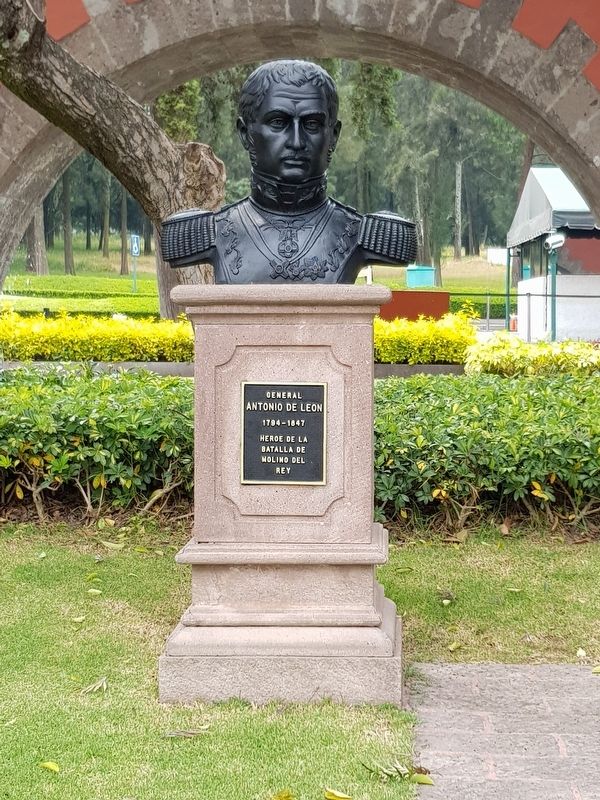Colonia San Miguel Chapultepec I Sección in Ciudad de México, Mexico — The Valley of Mexico (The Central Highlands)
Molino del Rey
El Molino del Rey se construyó a finales del siglo XVI bajo el nombre de Molinos de "El Salvador" y fue originalmente destinado a la fabricación de harina. El área donde se edificó era conocida entonces como las Lomas del Rey, ya que era un sitio dedicado al Emperador Carlos I de España. La unión de estos dos elementos dio origen al nombre que hoy conocemos.
Desde entonces, se edificaron otras construcciones alrededor de este sitio, pero casi todas fueron destruidas en 1847, durante los bombardeos previos a la batalla de Chapultepec durante la invasión estadounidense. El 8 de septiembre de ese año, soldados mexicanos y ciudadanos voluntarios se sacrificaron aquí en defensa de la patria.
El Molino del Rey era, en ese momento, la última barrera entre el invasor y la capital de la República, y el alto mando mexicano colocó ahí lo mejor de nuestras tropas. A pesar de heroicos actos de valor, los mexicanos perdieron la batalla. Murieron en combate cientos de soldados y los generales Antonio León, Lucas Balderas y Gregorio Gelati.
Hasta el gobierno anterior, el Molino del Rey fue sede de las oficinas del Estado Mayor Presidencial. Ahora, será parte del complejo residencial que estará abierto a todo el pueblo mexicano.
Molino del Rey
The Molino del Rey was built at the end of the 16th century under the name of “The Mills of El Salvador” and was originally intended for the manufacture of flour. The area where it was built was then known as Las Lomas del Rey, as it was a site dedicated to Emperor Charles I of Spain. The union of these two elements gave rise to the name we know today.
Since then, other constructions around this site were built, but almost all of them were destroyed in 1847, during the bombings before the Battle of Chapultepec during the US invasion. On September 8 of that year, Mexican soldiers and volunteer citizens met here and sacrificed themselves in defense of the homeland.
El Molino del Rey was, at that time, the last barrier between the invader and the capital of the Republic, and the Mexican high command placed the best of our troops here. Despite heroic acts of courage, the Mexicans lost the battle. Hundreds of soldiers and Generals Antonio León, Lucas Balderas and Gregorio Gelati died here in combat.
Until the previous government, Molino del Rey hosted the offices of the Presidential General Staff. Now, it will be part of the residential complex that will be open to all the Mexican people.
Erected by Gobierno de México.
Topics. This memorial is listed in these topic lists: Colonial Era • Man-Made Features • Parks & Recreational Areas • War, Mexican-American. A significant historical date for this entry is September 8, 1847.
Location. 19° 25.034′ N, 99° 11.527′ W. Marker is in Ciudad de México. It is in Colonia San Miguel Chapultepec I Sección. Memorial is on Molino del Rey just east of Fernando Alencastre, on the left when traveling east. Touch for map. Marker is in this post office area: Ciudad de México 11850, Mexico. Touch for directions.
Other nearby markers. At least 8 other markers are within walking distance of this marker. Fallen Mexican Officers of the Battle of Molino del Rey (within shouting distance of this marker); Captains Gustavo Garmendia and Federico Montes (within shouting distance of this marker); The Santa Fe Aqueduct (within shouting distance of this marker); Carronade (about 90 meters away, measured in a direct line); 12-inch Cannon (about 90 meters away); 24-pounder Cannon (about 90 meters away); 24-pounder Gribeauval Cannon (about 90 meters away); Blakely Cannon (about 90 meters away). Touch for a list and map of all markers in Ciudad de México.
Also see . . . The Battle of Molino del Rey.
The fighting for the mill lasted about two hours before the surviving Mexican forces retreated towards Chapultepec. Casa Mata soon also fell and then exploded in grand fashion as fires starting during the battle got to the small fort’s powder magazine. It had cost Scott’s men heavily: 116 Americans were killed and another 665 wounded. They had captured Molino del Rey, but in searching the mill’s buildings, found that it had been a wasted effort. Scott had planned the entire operation to secure what he had been told was a cannon foundry, but in searching, Americans only found “some cannon molds, but no cannon and no cannon production.” To many battered and bloodied American soldiers, the whole battle had been for nothing, with D.H. Hill writing that General Worth had been “deceived” by the rumors of a cannon foundry. Ethan A. Hitchcock wrote in his diary, “a few more such victories and this army would be destroyed.”(Submitted on September 10, 2019, by J. Makali Bruton of Accra, Ghana.)
Credits. This page was last revised on April 17, 2020. It was originally submitted on September 10, 2019, by J. Makali Bruton of Accra, Ghana. This page has been viewed 364 times since then and 21 times this year. Photos: 1, 2, 3, 4, 5. submitted on September 10, 2019, by J. Makali Bruton of Accra, Ghana.
